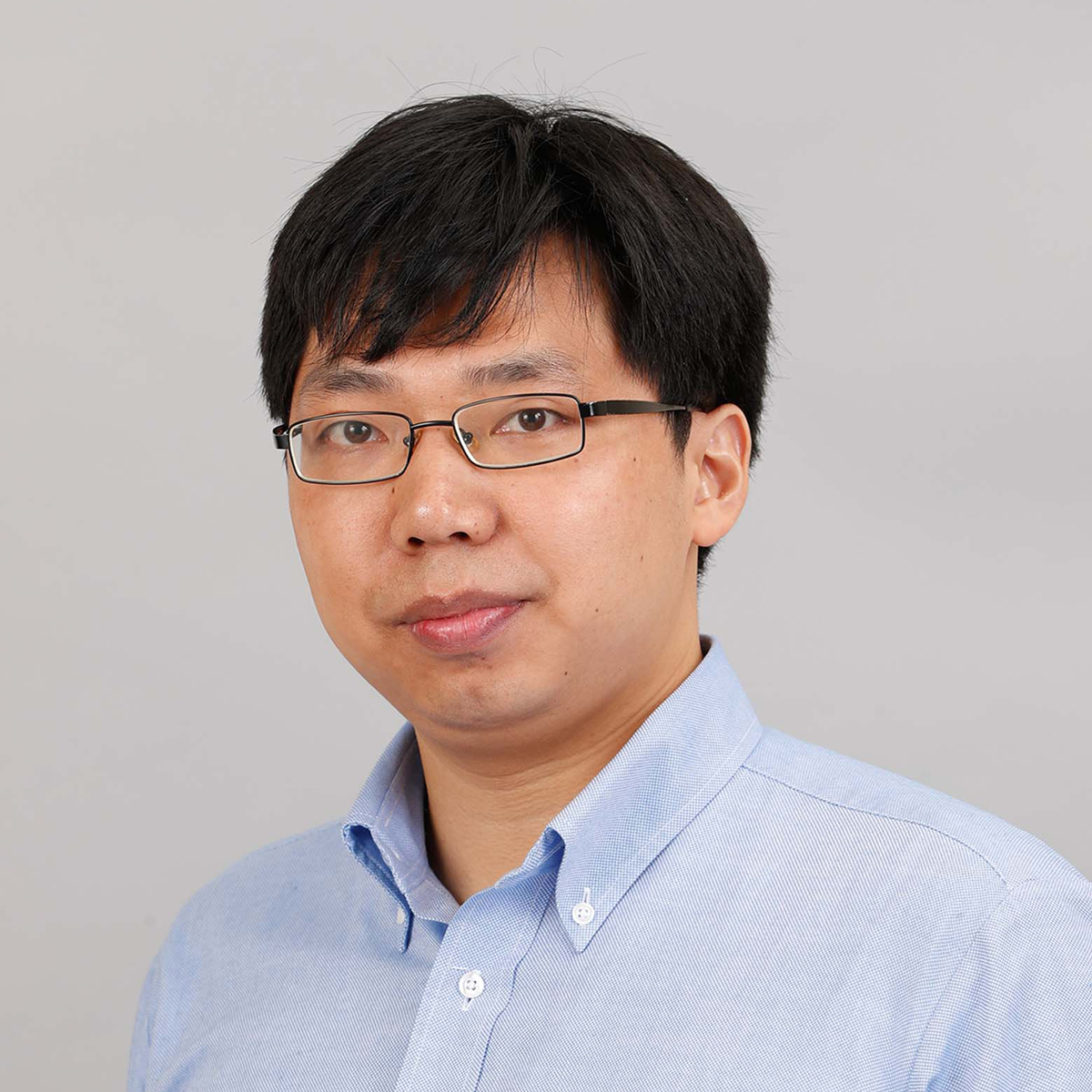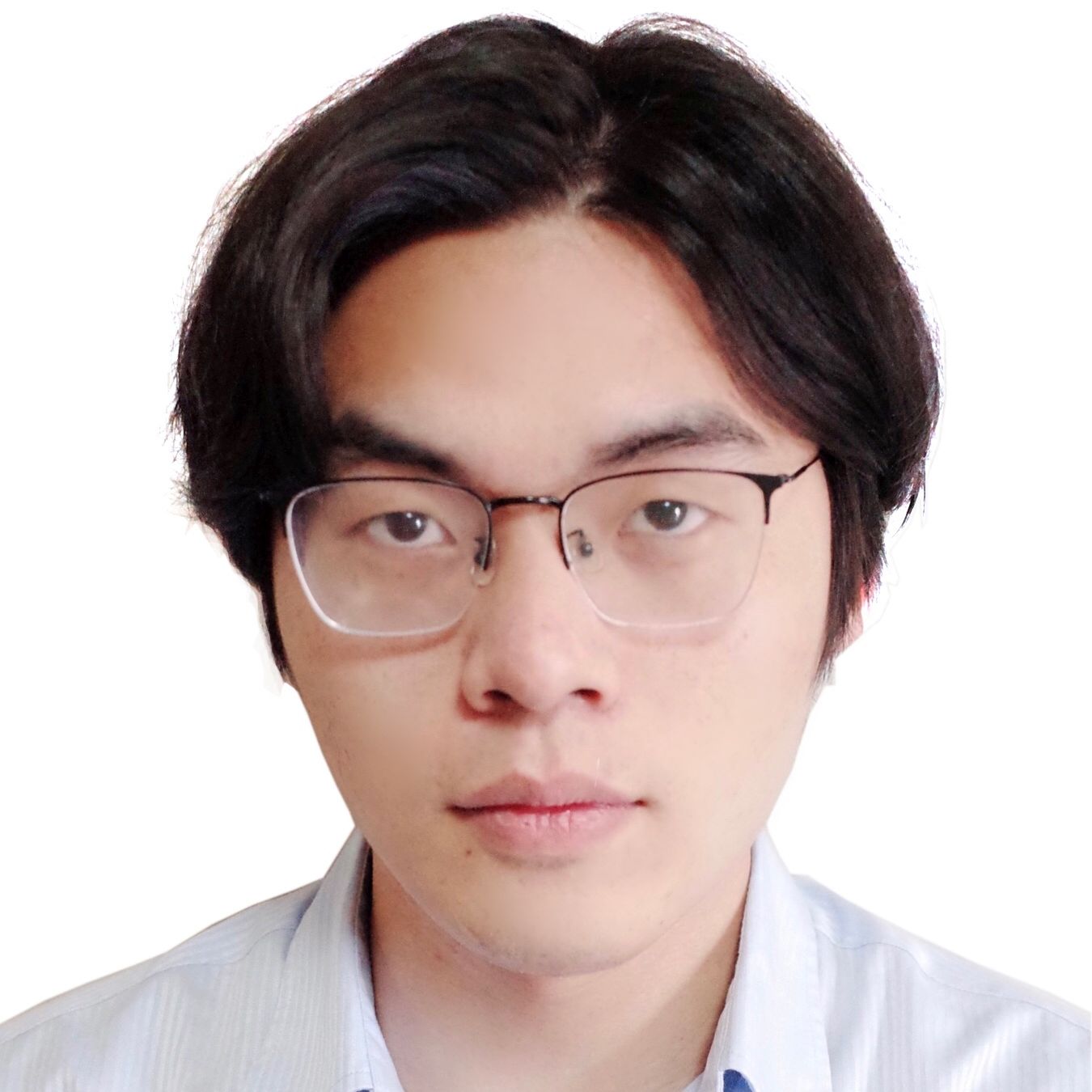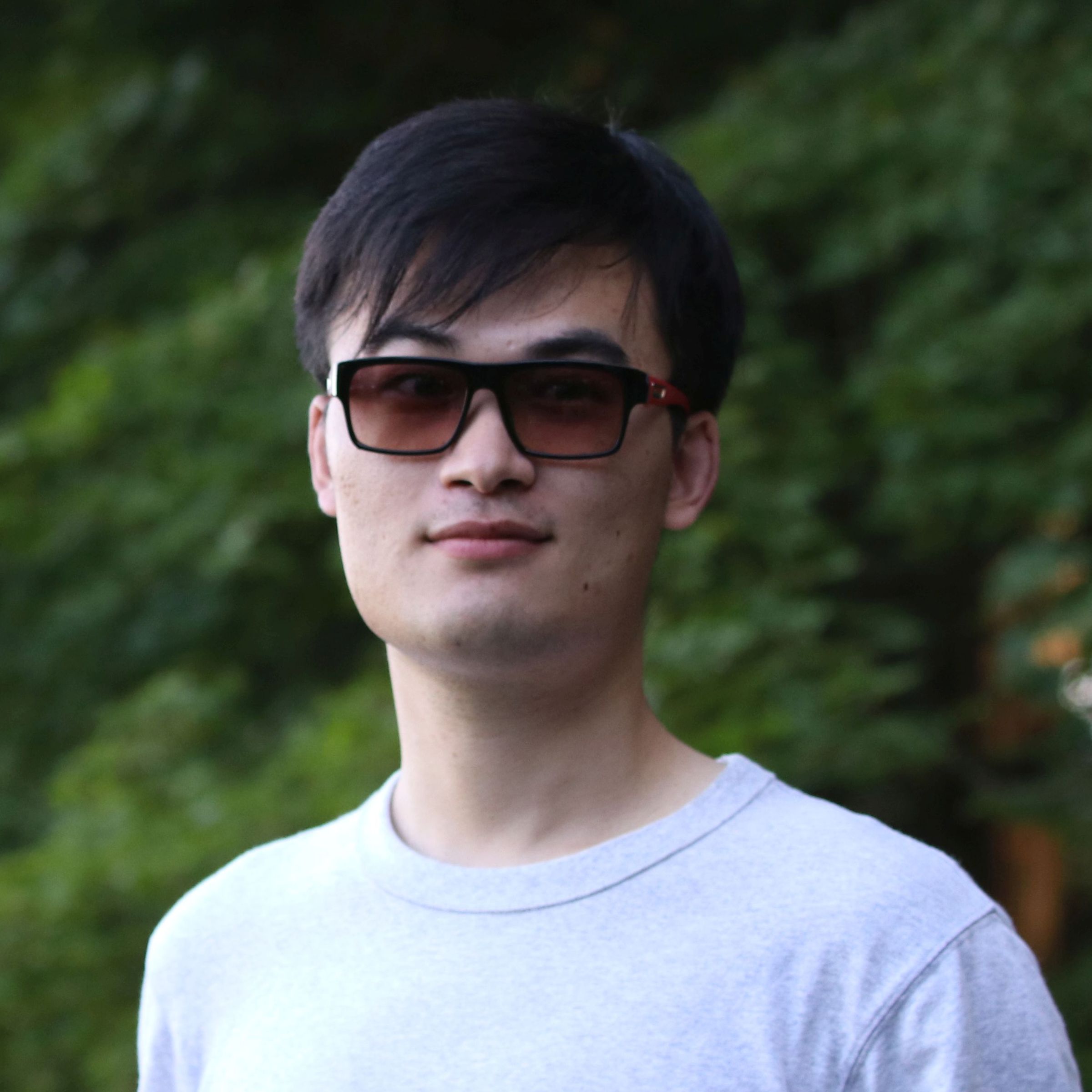CVPR 2023 Tutorial:
Rolling Shutter Camera: Modeling, Optimization, Learning, and Hardware

Overview
The vast majority of modern consumer-grade cameras are equipped with an electronic rolling shutter (RS), which is becoming increasingly important in computer vision, robotics, and autonomous driving, etc. Although ubiquitous, its progressive exposure mechanism causes geometric distortion in the acquired images whenever the camera or the target moves. In the last two decades, researchers have made significant progress to remove the geometry distortion and improve the visual quality. In particular, (1) Since the tutorial entitled “Multi-view geometry for rolling shutter cameras” in ACCV 2016, many RS motion models and non-linear optimization methods have emerged. (2) At the same time, the rise of deep learning techniques has also facilitated research on RS-related problems in the past five years. (3) Most recently, incorporating hardware features of RS cameras with deep learning has pushed the field forward, especially for real images/videos with both camera and scene motion.
This half-day tutorial will cover the latest advances in this area from three aspects, i.e., motion modeling and optimization-based solutions, deep learning-based solutions, and joint hardware and deep learning-based solutions. Specifically, we will first systematically present geometric motion models (like discrete, continuous, and special motions) and optimization-based approaches. Then, we will introduce deep learning-based RS image processing methods, such as RS image correction and RS temporal super-resolution, with new results and benchmarks that have recently appeared. Finally, we will elaborate on the combination of hardware features of RS cameras (e.g., dual RS cameras and global reset feature) and deep learning to boost the correction of RS geometric distortions.
Syllabus
The course will cover the following units:
Overview of rolling shutter cameras
Geometric modeling and non-linear optimization of rolling shutter camera
- Discrete motion
- Continuous motion
- Special motion
New paradigm with deep learning
- Rolling shutter image correction
- Rolling shutter temporal super-resolution
- Building synthetic datasets
New trends with combination of hardware features and deep learning
- Dual rolling shutter cameras
- Rolling shutter with global reset feature
- Building real-world datasets
Challenges and future trends
Organizers and Speakers

NWPU

UTokyo

NWPU

UTokyo

UTokyo / RIISE
Schedule
| Title | Speaker | Time (PST) |
|---|---|---|
| Opening | Yuchao Dai | 09:00 - 09:10 |
| Part (1): Geometric modeling and non-linear optimization of rolling shutter camera | Yuchao Dai | 09:10 - 09:40 |
| Part (2): New paradigm with deep learning | Bin Fan | 09:40 - 10:30 |
| Coffee Break | - | 10:30 - 10:45 |
| Part (3): New trends with combination of hardware features and deep learning | Zhixiang Wang / Zhihang Zhong | 10:45 - 11:30 |
| Discussion and Final Remarks | ALL | 11:30 - 11:45 |